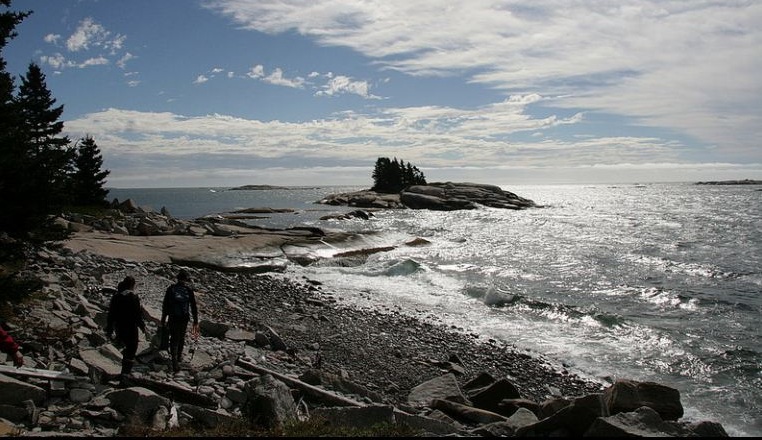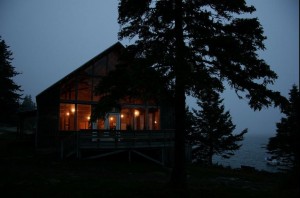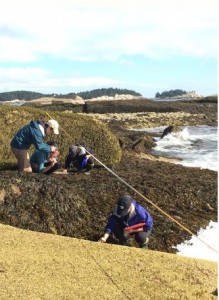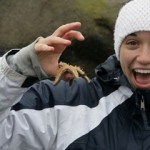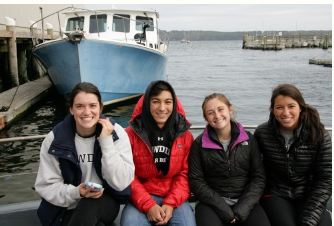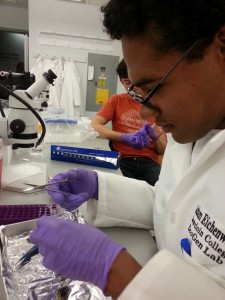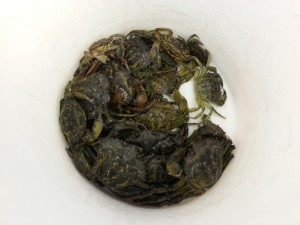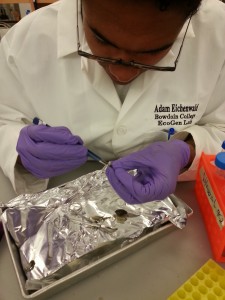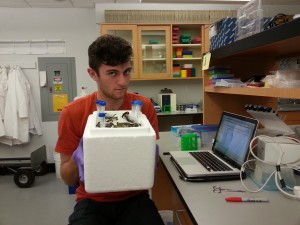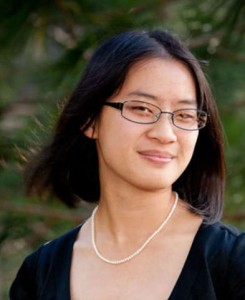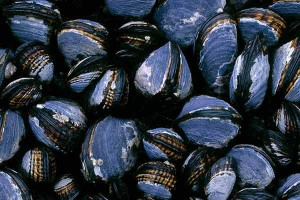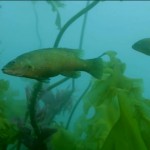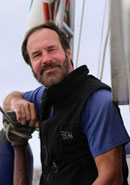The echo of scales slapping still water en mass reverberates between steep rock walls, jolting me awake. The school of jack responsible for the dawn racket darts out of the cove toward deeper water. I sit up, squinting in the new day’s sunlight. I wiggle my legs out of my sleeping bag and swing my toes down into the cool sand. It takes me a minute to register the reality that I’m on a literal desert island in the middle of the Sea of Cortez: Isla Partida. Isla Partida is separated from her larger sister, Espiritu Santo, by a narrow sliver of the sea. Both are situated in Baja California Sur, Mexico. We, a group of students and scientists from Bowdoin College and Universidad Autónoma de Baja California Sur, are camping in this amazing and intimidating place to experience Marine Science in a truly unique way. Scientists, students to professors, from Maine and La Paz are coming together to exchange ideas, observe an extraordinary ecosystem, and experience all the Gulf of California has to offer.
Two pangas, longboats common in Baja, bob expectantly on the moorings in the cove. Fire-warmed coffee, chorizo, and eggs provide much needed sustenance and set us on course for the day. We wrangle snorkel gear, wetsuits, ripening salt-soaked clothing, and bathing suits from their overnight drying spots. Students and professors alike are eager for the surprises of the day.
We head for another adjacent island to the north, a rocky outcrop host to thriving sea lion and frigate bird colonies – Los Islotes. The guano-stained shell visible protruding out of the ocean tells only a fraction of the story; under surface of the sea, the wall of rock drops off precipitously. A coral reef, teeming with diversity, clings to the side of the drop-off, fed by the nutrient rich waters coming up from the deep. It is an El Nino year, so the waters are unusually warm. We observe some coral bleaching, as well as crown-of-thorns starfish preying on the vulnerable colonies. Students add to their species list with each glance, king angelfish, a variety of parrotfish, skipjack tuna and grouper darting briefly out of the deep blue depths. Coral polyps dangle their tiny tentacles into the water column to catch a passing meal.
The windward side of Los Islotes is connected to her leeward side through a spectacular archway. The reef wall extends from the precipitous deep water, through the arch, to the calmer, shallower waters. Swimming toward the safety of calmer waters, we are greeted with playful sea lion pups, eager to tug on fins, hands, or even a lock of hair or two.
Pruned hands and a chill through the wetsuit, even in the El Nino warm waters, signals it is time to lug ourselves back on board the pangas and head for the next chapter of our day’s adventure. Post written by Sarah Kingston, Doherty Marine Biology Postdoctoral Scholar, and faculty member in the Marine Science Semester.
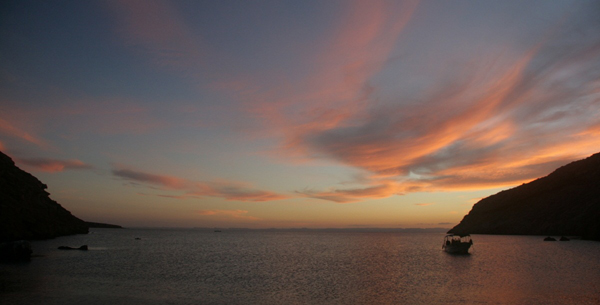
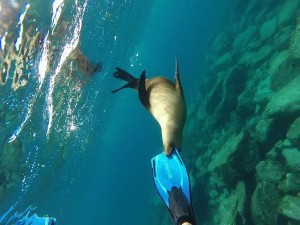
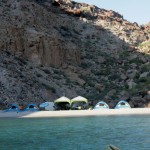
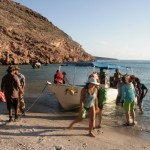
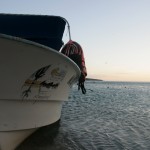
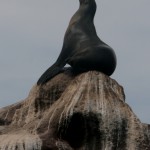
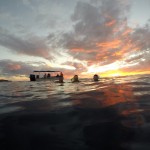
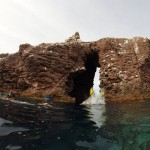
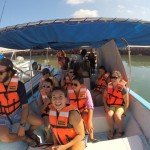
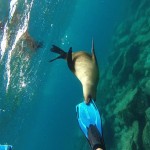
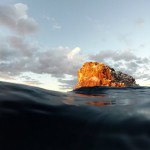
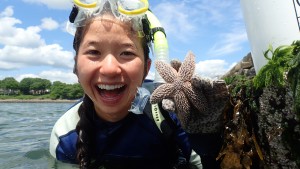
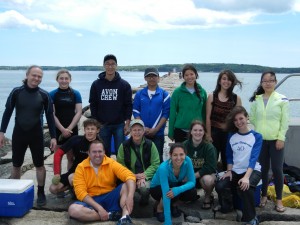
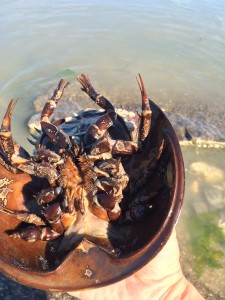 As the summer draws to a close, we would like to share some of the goings-on in and around the Coastal Studies Center. Most researchers at the Marine lab have ended the research portion of their projects, or are finishing up this week. Bowdoin Students are now beginning prep work for the President’s Science Symposium, that will take place this fall. Check out some of the happenings from this summer!
As the summer draws to a close, we would like to share some of the goings-on in and around the Coastal Studies Center. Most researchers at the Marine lab have ended the research portion of their projects, or are finishing up this week. Bowdoin Students are now beginning prep work for the President’s Science Symposium, that will take place this fall. Check out some of the happenings from this summer!